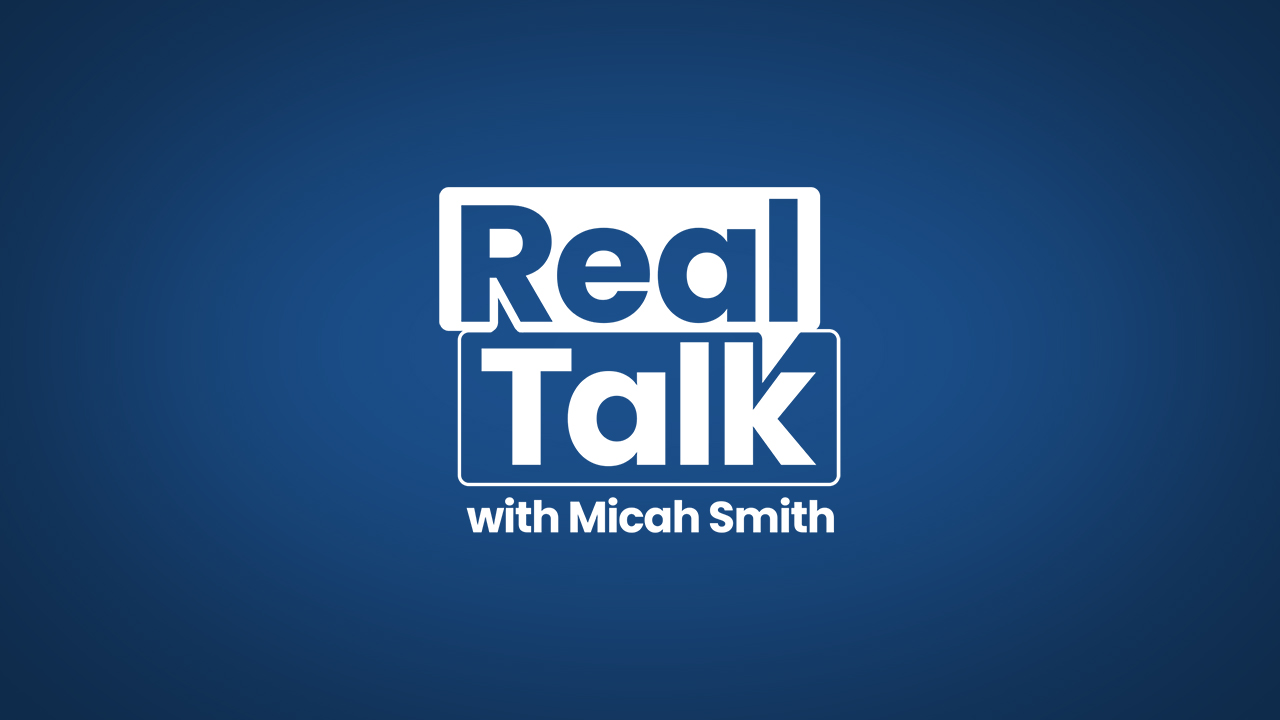THORNTON, Colo. — Kids today have access to more information than any other generation in history. As a result, they must learn how to separate the good from the garbage, especially on social media platform like Facebook, Twitter and Tik Tok.
All this week, Denver7 and our parent company, Scripps, are working with the National News Literacy Project to highlight how students are becoming better, more-informed news consumers and next-generation journalists.
In Michelle Pearson’s classroom at Century Middle School in Thornton, Colo., a big part of the curriculum is teaching students how to digest news from different sources.
“They’re never too young,” Pearson said. “What do I need to analyze? Who’s writing it? What’s the bias? What’s the opinion?”
“Not just going to one news source constantly, but being fed a variety,” said Dana Plewka who helps to head-up a unique program in Colorado call NIE, Newspapers In Education. “We want them asking the good questions: 'Who’s telling me this? What are their sources? How did it come to me?'”
It all falls under the umbrella of media literacy, and a big part of that is giving kids access to primary sources of information.
“Right now, it’s never been more important,” Plewka said.
NIE provides free online access to several newspapers for teachers and students. Those newspapers include the Denver Post, Boulder Daily Camera, Longmont Times-Call, Loveland Reporter-Herald and the Greeley Tribune.
“Over 230,000 students in Colorado have access to that information,” Plewka said.
“Students have access to a myriad of different sources through newspapers in education,” Pearson said.
Pearson, the 2011 Colorado Teacher of the Year, says students are constantly sifting through a barrage of information and misinformation.
“When students have a lot of media coming at them every day, they’re getting bite-sized nuggets, right? What they’re surfing on, well, Instagram, or it may be Tik Tok,” Pearson said.
NIE allows students to dig deeper.
“Giving them that newspaper access to get a wider picture of the story,” Pearson said. “To read a little deeper, deconstruct it a little bit more, gives them the opportunity to be critical thinkers.”
Both Pearson and Plewka say this isn’t about teaching students what to think, but how to access different sources of good information and form their own opinions.
“You might actually read — between all of our family of newspapers — completely different editorial positions, say, on fracking,” Plewka said. “Boulder’s going to have a different position than, say, Longmont, Loveland or Greeley.”
“It’s not our role to teach a viewpoint,” Pearson said. “It’s not our role to teach what they should think. What we need to teach them is how they should critically think.”
From Pearson’s perspective in her middle school social studies classroom, you might be surprised and encouraged to hear that her students truly value and respect reliable sources.
“Our students really do understand bias,” Pearson said. “Our kids, especially this generation, have gotten really good at deconstructing real small pieces of information. What our role is, though, is to teach them how to dig deeper.”
“Digging deeper adds credibility and authenticity to information,” Plewka said.
“In all of media education and media literacy, you should be asking the what, the who and the so what?” Pearson said. “If you’re asking the right question, you’ll get to the right answer.”
Colorado teachers in public, private, parochial and charter schools all have free access to NIE, made possible through sponsorships and fundraising programs.
And on the NIE website, the newspapers are translated to multiple languages and also audio versions for visually impaired students.




